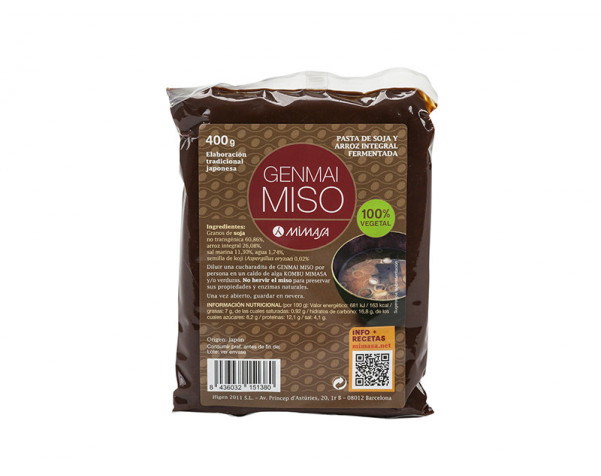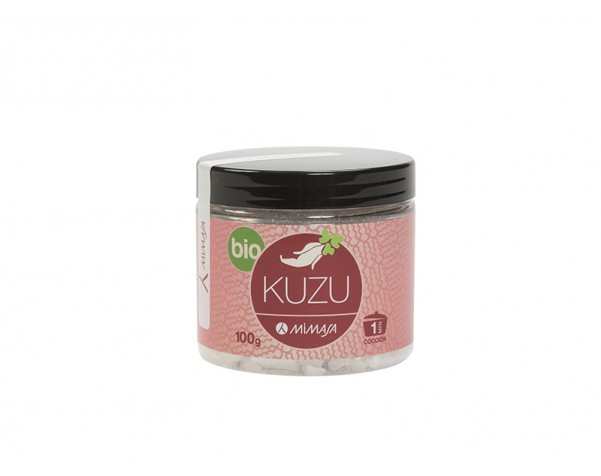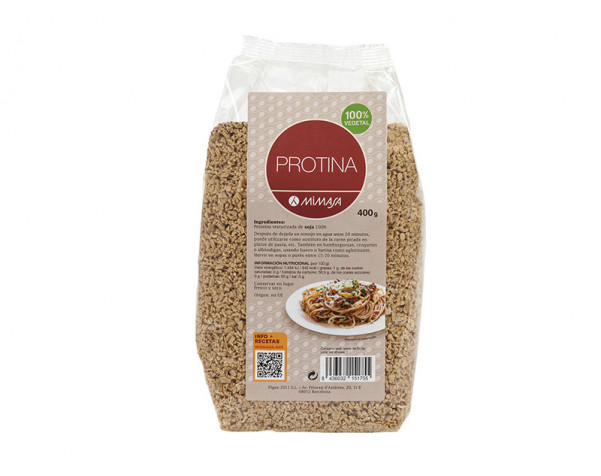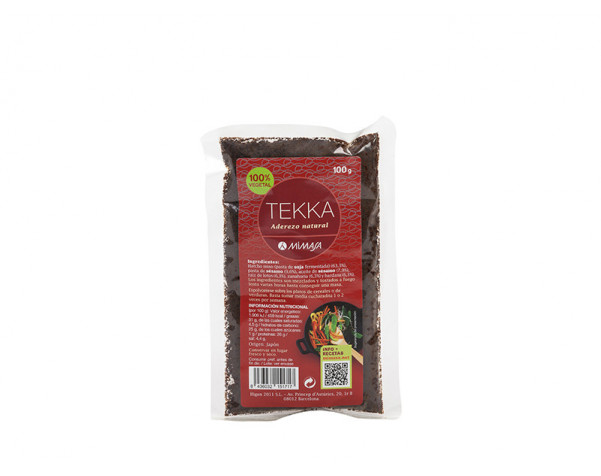- -10%
SOY SAUCE

Free shipping from 299€
 Secure payment with
Secure payment with
Bank transfer, VISA, Mastercard
With the same nutritional properties as the organic tamari-shoyu from mimasa, we offer soy sauce at a cheaper price.
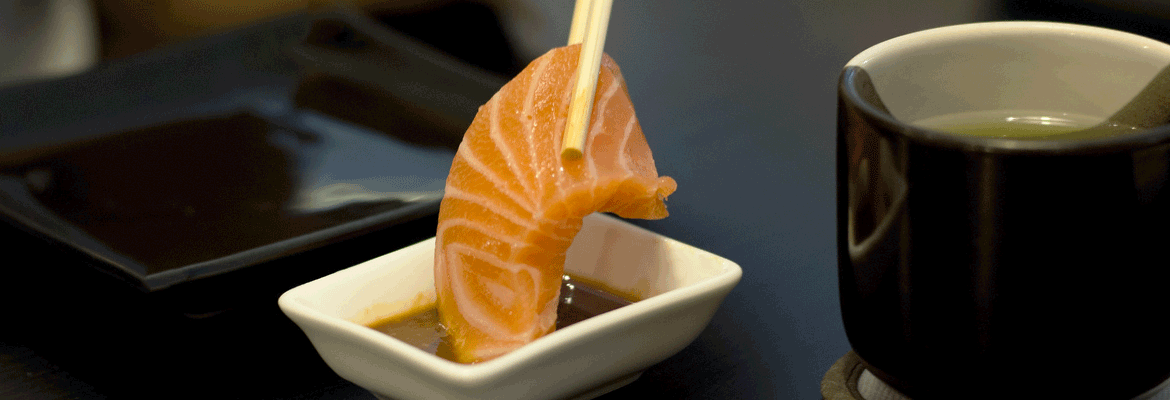
Quality guarantee
MIMASA only sells natural soy sauce, traditionally made through a process that results in a product of exceptional quality and aromas. Only the highest quality ingredients are used in its production, without chemical products.
Natural soy sauce is obtained through a fermentation process, starting from whole soybeans and whole wheat, to which water and salt are added. Hence the great qualities of MIMASA soy sauce: it contains the 9 essential amino acids and acetic acid, which inhibits pollution and helps overcome fatigue in the body.
On the other hand, non-natural soy sauce, in addition to being made from chopped soy beans or soy flour that alter its intrinsic quality, has a high content of oxalic, formic and levulinic acids. These acids precipitate minerals in the blood and internal organs, causing acidity and dilation of the stomach and liver, which inhibits the digestive process and acidifies the blood.
- Energy-kJ 300
- Energy (kcal) 71
- Fat (g) 0,3
- Carbohydrate (g) 8,7
- - Sugars (g) 2
- Protein (g) 8,3
- Fibre (g) 0,0
- Sodium (g) 5,5
- Salt 13,75
Water 54.2%, soybean 15.4%, wheat 15.4%, sea salt 14%, alcohol 1%, koji seed <0.01
The chemistry of soy sauce is as complex as the organic processes that take place during the fermentation process. Various microorganisms are generated from these organic processes and can positively influence human metabolism. Soy sauce helps our digestive system, sterilizes us against organisms that are harmful to our health, and can help acidify other foods.
The same enzymes that work on wheat and soybeans during fermentation become important and active digestive agents when they enter the human body. In addition to its inherent digestive properties, soy sauce also serves to stimulate the secretion of gastric juices in the stomach. Since the enzymes in soy sauce are organic substances resulting directly from natural and traditional fermentation processes, they are not present in commercially produced soy sauce.
Soy sauce also prevents the spread of bacteria. This antibacterial quality is created from the three elements in soy sauce: salt, acid from lactic bacteria, and alcohol from yeast. Dishes cooked with soy sauce are not only tasty, but they also stay fresher longer, because natural tamari-shoyu helps preserve food.
The first step is to prepare the soybeans and wheat to make koji. The soybeans are steamed until soft enough to be easily squashed between the thumb and middle finger, but firm enough to hold its shape. The wheat is roasted on hot sand until it achieves a brownish-brown color and a very characteristic aroma. It is then roughly ground, like cracked wheat. Soy and wheat are mixed and koji seed is added.
The role of the koji seed is to activate fermentation. During its growth, the koji seed produces proteolytic, lipolytic and amylolytic enzymes that convert proteins, fats and starches into simpler and more easily fermentable substances.
Fermentation is a complex process that involves molds, yeasts, and lactic acid bacteria. The enzymes released by koji convert starches into simple sugars. Natural yeast, including Saccharomyces rouxii, converts these sugars into alcohol and esters, which give soy sauce its distinctive aroma. Other enzymes, particularly diastase, break proteins down into amino acids. The lactic acid bacteria then spread, producing lactic acid.
Bottle of 1 litre, 500ml, 250ml, 125ml






